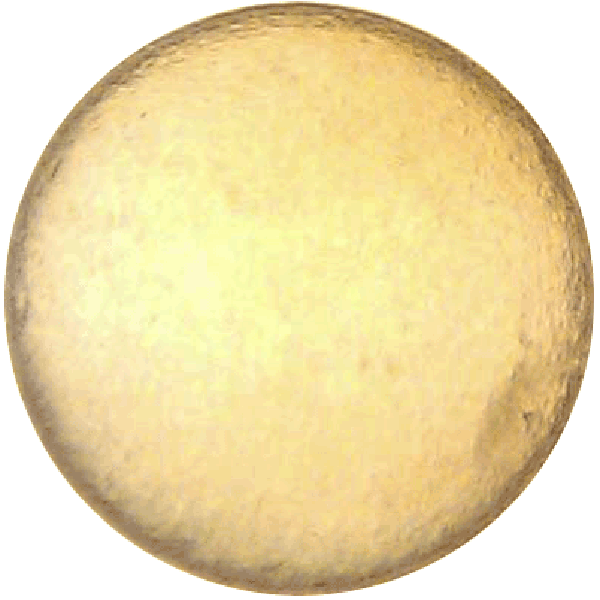Improve Pregnancy Rates in Older Subfertile Mares!
How can one improve pregnancy rates in older subfertile mares? This category of mare is notorious for having lower pregnancy rates, and this becomes even more annoying when one is performing a higher-cost procedure such as embryo transfer. A perennial question therefore is “can we improve pregnancy rates in those older subfertile mares?” While good breeding management practices will clearly assist, do Carmo et al presented a simple management technique using a GnRH agonist with hCG protocol which demonstrated significantly improved embryo recovery rates.
Six mares aged between 18-23 years and identified as being sub-fertile were used in the study which was itself divided into two parts. In the first, 13 cycles were regarded as control cycles, during which the mares received only saline injections. In 12 (different) cycles, the mares received 125µg Deslorelin every 12 hours once a dominant follicle of 20 mm diameter was identified. When that follicle reached 25 mm in diameter, the mares received 500 IU hCG every 24 hours, until the follicle reached a diameter ≥35 mm in diameter, with a uterine edema score ≥1. Once that stage was achieved, ovulation was promoted with a dose of 2,500 IU hCG. None of the mares received more than four doses of hCG.
In the second portion of the study, the same older subfertile mares were monitored through 30 cycles, with the same protocols, with the exception that Histrelin (125µg) was substituted for the Deslorelin. The division in this second portion was control mare cycles numbered 19 while treated mare cycles = 11.
25% of follicular-promoted cycles failed to result in increased follicular development, however none of the mares developing follicles failed to respond (ovulate) to the hCG. There were 3 double ovulations, two of which involved the same mare occurring when they were in both the “control” and the “treated” group.
In the Deslorelin/hCG protocol, 58.8% (7/12) of mares yielded embryo on flushing, vs. 7.7% (1/13) in the control group. In the Histrelin/hCG protocol, 72.8% (8/11) yielded embryos compared to 21% (4/19) in the control group.
The work presented in this paper clearly demonstrated the ability to significantly improve pregnancy rates in older subfertile mares by treating with a GnRH agonist with hCG protocol during late diestrus under the described conditions. While the mares in the research group were subject to embryo transfer flushes, it is reasonable to presume that a similar improvement rate should be seen in other older infertile mares managed in the same way with the intent that they carry their pregnancies to term.
(do Carmo MT, Nunes S, de Paula Freitas-Dell’Aqua C, Alvarenga MA, Dell’Aqua Jr JA, Canisso IF. 2023. A combination of GnRH-hCG in aged mares improves embryo recovery. JEVS 125:104646)




